Last-Minute NYC Holiday Gift Guide 🎁
We’ve created a holiday gift guide with presents for the intrepid New Yorker that should arrive just in time—


Affordable Housing: A New York Legacy is an impressive, comprehensive exhibit that showcases New York City’s leading role in the affordable housing movement since the 19th century. While we shared with you a walkthrough with the curator, Thomas Mellins recently, here are 10 surprising things you should not miss in this compelling exhibit:

Mellins tells us that the reproductions of Art Deco style posters made by the Works Progress Administration in the 1930s are “some of the more colorful things in the show. What I love about them, besides the fact that I think that they’re handsome, is that you can see that there was this idea that every idea known to man was going to be solved by decent housing.” “Planned Housing Fights Disease,”reads one, “Cure juvenile delinquency in the sums by planned housing,” says another, and “The Solution to Infant Mortality in the Slums: Better Housing,” are among the many featured.
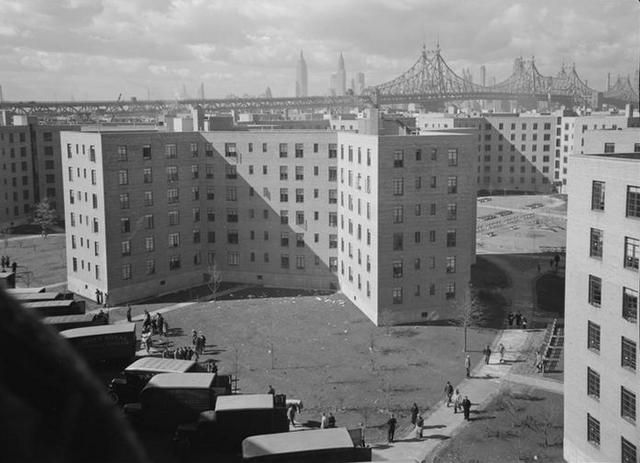
Vernon Boulevard. Queensbridge Housing Project New York City Housing Project #N.Y. 5-2, exterior of first unit finished. By Wurts Bros. from Museum of the City of New York.
This photograph by the Wurts Bros. of the Queensbridge Houses, America’s largest public housing project at the time of its completion, was used as the cover of the 1939 Museum of Modern Art “Guide to Modern Architecture,” highlighting the connection between modern architecture and subsidized housing.
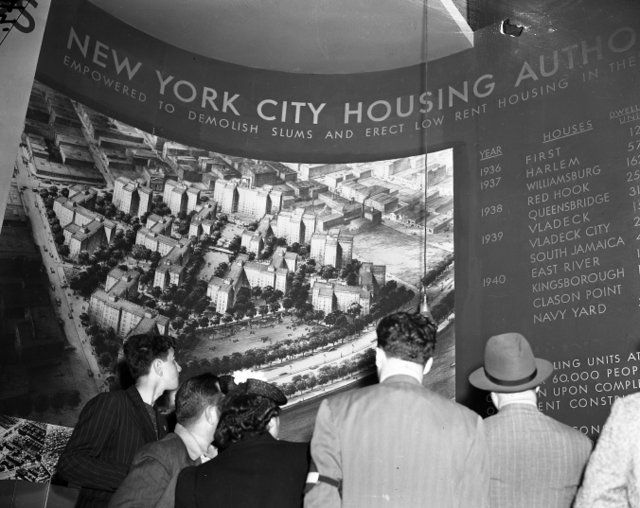
The NYCHA exhibit at the 1939-40 World’s Fair, June 8, 1940. La Guardia and Wagner Archives, La Guardia Community College/The City University of New York, courtesy of the New York City Housing Authority
Affordable housing was such a hot topic (as it is today) that there was a showcase about NYCHA (New York City Housing Authority) at the 1939 World’s Fair in New York City. “Empowered to demolish slums and erect low rent housing,” the agency proclaimed and developments like Queensbridge Housesand Red Hook Houses were used as ideal visions of future cities.
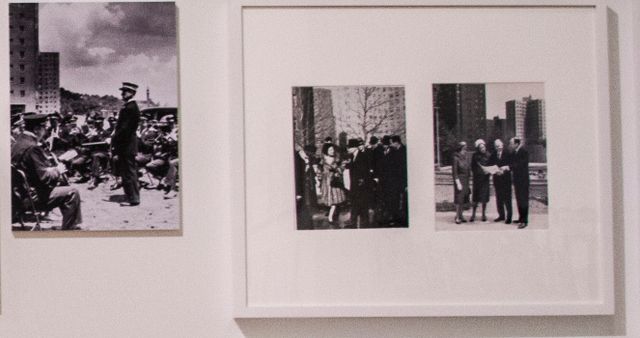
Affordable housing was such an important part of civic life that the New York Fire Department band performed at the opening of one of New York City’s housing developments, while Brooke Astor and Lady Byrd Johnson also participated in public events, as shown in photographs in the exhibit.
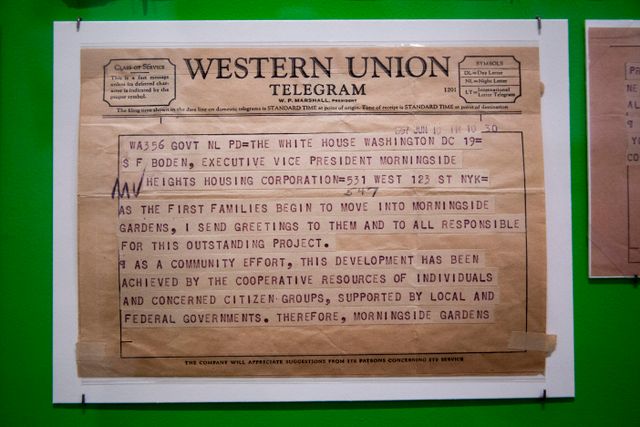
An original Western Union telegram from United States President Eisenhower congratulating those responsible for the opening of Morningside Gardens in Morningside Heights is a real highlight of the exhibition. Eisenhawer deemed Morningside Gardens an “outstanding project” and that it provided “an inspiring example of what can be done by neighbors acting together to bring better living for all.”
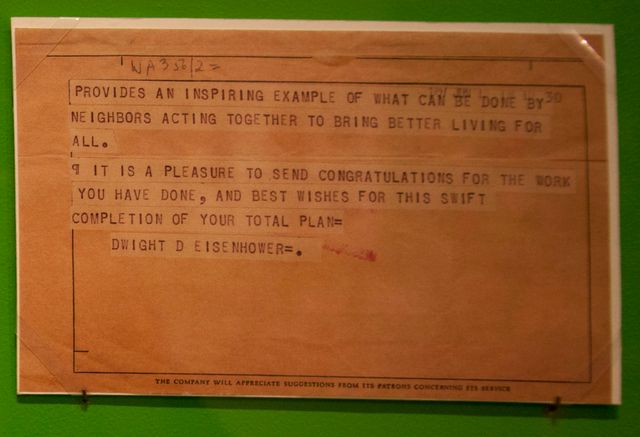
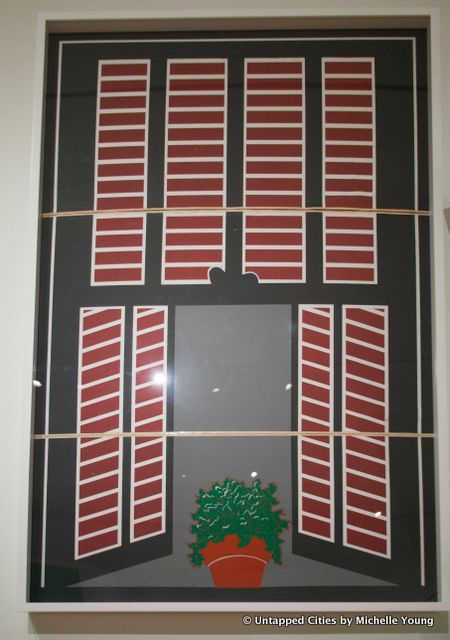
In the 1980s, the New York City Department of Housing, Preservation and Development placed vinyl decals in the windows of abandoned buildings along the Cross-Bronx Expressway,, concealing the full level of destruction to commuters. The full-size decal showcased in the exhibit is courtesy of the Bronx Historical Society.
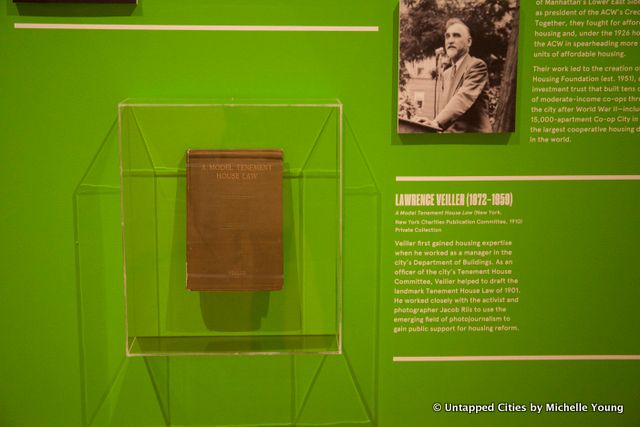
New York City’s Tenement House Law was passed in 1901, drafted in part by Lawrence Veiller who was a manager in the Department of Buildings and an officer of the Tenement House Committee. The hefty book is shown behind glass in the Affordable Housing exhibit. Veiller worked closely with activist Jacob Riis, the subject of another impressive exhibit concurrently at the Museum of the City of New York to use photographs as a means to create public support for housing reform.
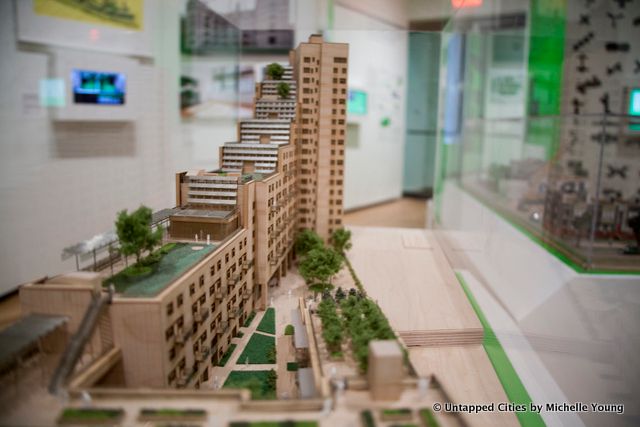
Peppered throughout the exhibition space are architectural models on display, including Via Verde (above), an innovative housing development in the Bronx for low to middle income with rental, co-ops, live-work units, duplexes and simplexes, townhouses, and stepped green spaces.
Below is the model for the Domino sugar factory development by SHoP Architects and Two Trees (below).
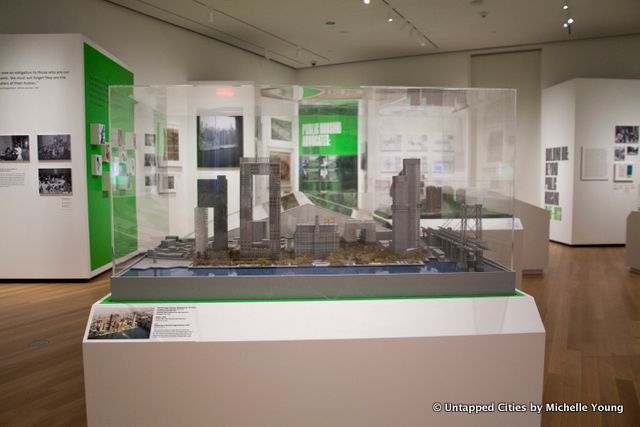
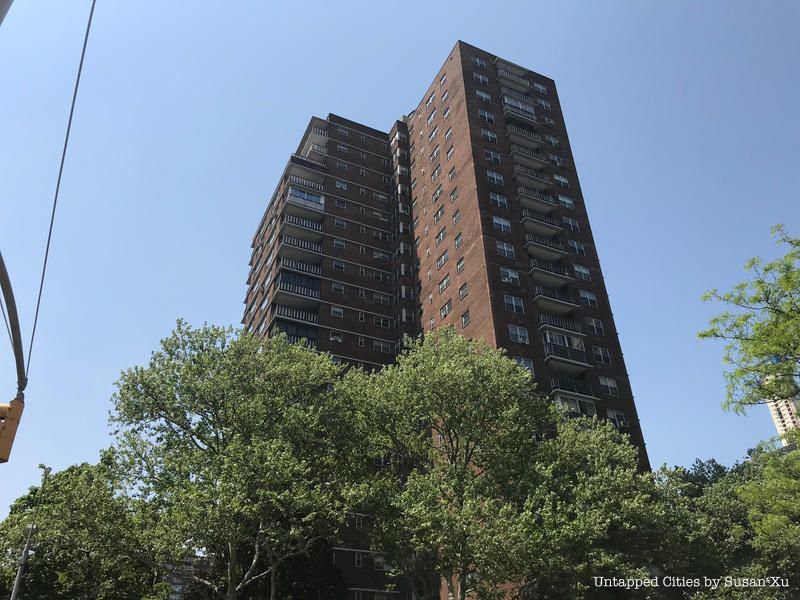
The dedication of the Penn South development (also called the Mutual Redevelopment Houses) in Chelsea between 23rd and 29th Street and 8th and 9th Avenue was presided over by President John F. Kennedy in May of 1962, with Eleanor Roosevelt also in attendance, giving a clue to the importance of public housing in national politics in that era.
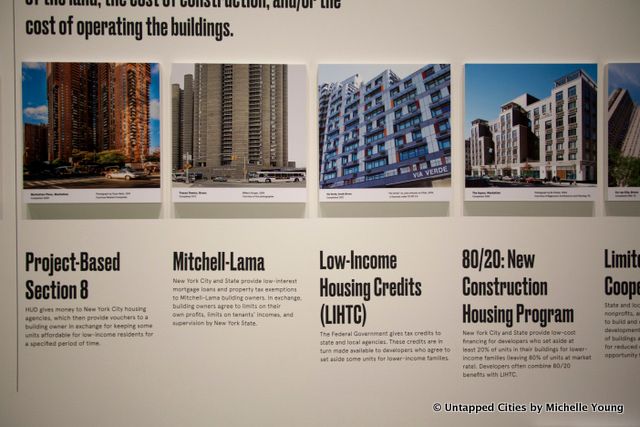
All the acronyms and types of affordable housing can be confusing, even to insiders. Besides NYCHA Public Housing, there’s Section 8, Mitchell-Lama, Low Income Housing Credits (LIHTC), the 80/2o Program and 421a. The opening hallway of the exhibition highlights the difference between all the types of affordable housing, as well as the distinction from rent regulation, which is not based on financial need.

The entrance to Affordable Housing: A New York Legacy features museum-commissioned photographs by Andrew Moore that showcase in photo form the diversity of affordable housing available in New York City. The color photographs show everything from 19th century philanthropic tenements, the familiar towers in the park, single family ranch homes in the Bronx, to recent inclusionary housing in Hunters Point South. Each photograph, curator Thomas Mellins says, “represents some kind of idea, or type or program that you then learn more about inside.”
See more about the exhibit Affordable Housing: A New York Legacy at the Museum of the City of New York as well as the exhibit Jacob Riis: Revealing New York’s Other Half.
Subscribe to our newsletter